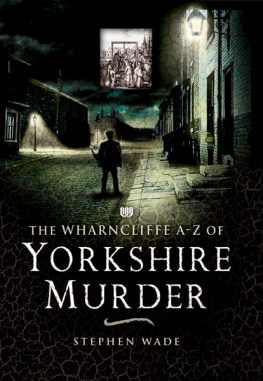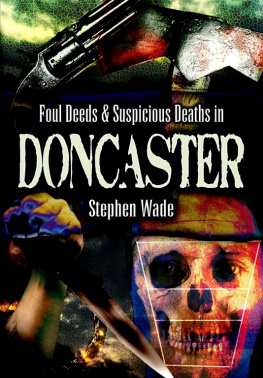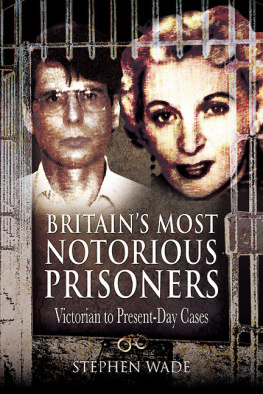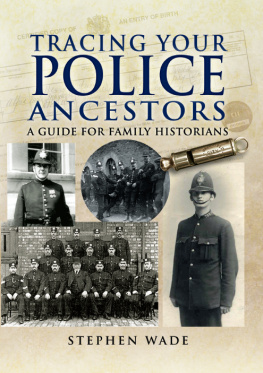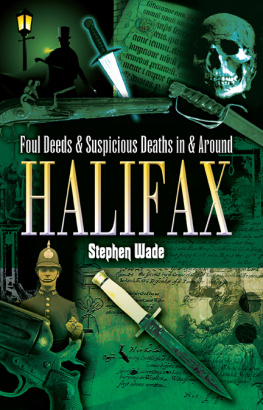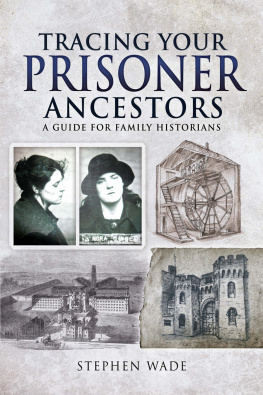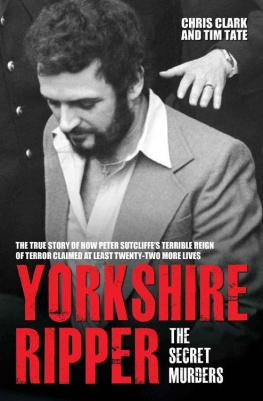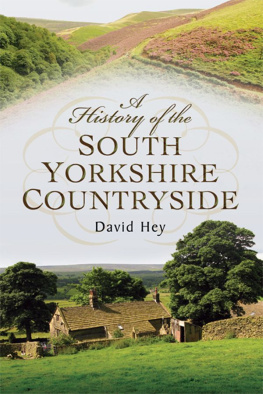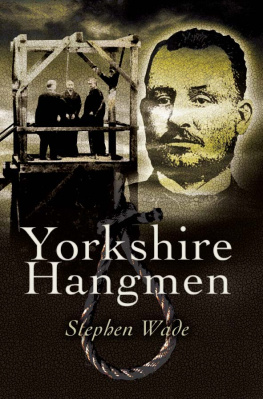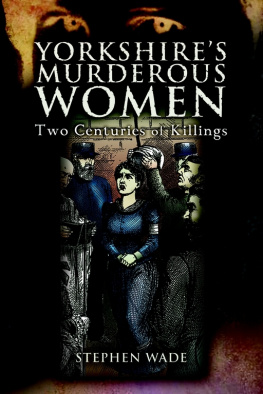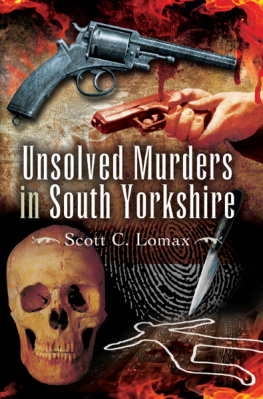
First published in Great Britain in 2007 by
Wharncliffe Books
an imprint of
Pen & Sword Books Ltd
47 Church Street
Barnsley
South Yorkshire
S70 2AS
Copyright Stephen Wade 2007
ISBN 1-84563-019-X
PRINT ISBN: 9781845630195
EPUB ISBN: 9781844682171
PRC ISBN: 9781844682188
The right of Stephen Wade to be identified as
Author of this Work has been asserted by
him in accordance with the Copyright, Designs
and Patents Act 1988.
A CIP catalogue record for this book is
available from the British Library
All rights reserved. No part of this book may be reproduced or transmitted
in any form or by any means, electronic or mechanical including photocopying,
recording or by any information storage and retrieval system,
without permission from the publisher in writing.
Typeset in 10/11.5pt Plantin by Concept, Huddersfield
Printed and bound in England by CPI UK
Pen & Sword Books Ltd incorporates the Imprints of Pen & Sword Aviation,
Pen & Sword Maritime, Pen & Sword Military, Wharncliffe Books, Pen and
Sword Select, Pen and Sword Military Classics and Leo Cooper.
For a complete list of Pen & Sword titles please contact
PEN & SWORD BOOKS LIMITED
47 Church Street, Barnsley, South Yorkshire, S70 2AS, England
E-mail:
Website: www.pen-and-sword.co.uk
Acknowledgements
I would like to thank several people for their assistance with this massive project. Fellow crime writers David Goodman, Kate Taylor, Keith Henson, and Andy Owens have all written helpful books and articles in this area and their work has been helpful. The reference works by Steve Fielding and John Eddleston, as listed in the BIBLIOGRAPHY, have been particularly useful. Staff at Hull City Libraries and at the City Archives have also been very helpful. For South Yorkshire, the works of crime historian David Bentley have been of inestimable value (again, please see for details).
Wharncliffes commissioning editor Brian Elliott has, as always, given advice and support. Thanks also to writers Kate Walker, Craig Bradley and Paul Harrison, and to staff at the Yorkshire Post library, whose material from my previous book, Unsolved Yorkshire Murders, once again proved useful. Issy Shannons journal, Milltown Memories was a fine resource. Brian Thompson was very generous with material for the Hull entries.
A note on entries and picture captions
To assist the reader, text references to entries already listed are shown in BOLD, upper case letters. For more detailed referral please see . Illustrations are from my own picture collection or camera - unless otherwise stated.
Introduction
Whether we like it or not, murder cases make good copy. Even cases from the highway robbery days still come to life regularly in the popular press. The casebooks of murder continue to be produced, usually in the red and black paper covers of True Crime. But murder, like imagination, has a local habitation and a name - in SHAKESPEARES words. In this instance, that habitation is the county of Yorkshire. The chronicle of murders in that county covers not only the obvious settings of the new industrial towns which burgeoned in the boom decades of the Industrial Revolution, but also such locations as farms, shops, idyllic rural places such as Fewston Reservoir, and even in those modern centres of global tourism and heritage industry: YORK and the scenic Pennines.
Naturally, there have to be limitations of scope in a reference work such as this one. The Broad Acres do indeed cover a massive area and a great deal of social history. Where there has been social conflict, there will be murder cases; Yorkshire has had more than its fair share, from the Chartist and LUDDITE unrest in the early years of the nineteenth century, to riots and public disorder over a variety of causes. The items included here are therefore restricted to three categories: the classic and infamous cases or personalities such as TURPIN, CHARLES PEACE and MARY BATEMAN; the more enigmatic and intriguing killings such as unsolved cases and those involving certain forensic or investigative interest; and finally a selection of murders which are quite unfamiliar to many but arguably should be better known to anyone interested in crime history. The byways of social history emerge clearly from these narratives.
Research for the book has also involved finding some cases which were huge in their day but are now largely forgotten, such as the fearful outrage occurring in Leeds in 1855 when a gang of roughs set about some police officers and killed a young man who happened to be in the way, or the murder of SERGEANT JAMES WEEDY of the North Yorkshire Constabulary in 1890.
There are also places and occasionally aspects of the social context that figure in the murder stories, such as the tale of WILLIAM DOVE, who was deeply and fatally under the spell of the Leeds Wizard Henry Harrison, and who went on to kill his poor wife. Certain locations are integral to the tales of murder: YORK CASTLE for instance, or the Victorian prisons around the county, so these have their importance also. Then there are the methods of murder such as poison or weapons; some of these earn a place here as well; the methods often enlighten us regarding living conditions.
Overall, the aim has been to provide a quick reference on murder in the old county of Yorkshire for anyone wanting to check on the narratives of passion, hatred, enmity and downright lust for killing which have been a part of this dark history. I have chosen to make the abolition of capital punishment in 1964 my termination point for the entries. A great help in monitoring these hangings in Yorkshire in the twentieth century has been John Eddlestons magisterial work, The Encyclopaedia of Executions, published in 2002.
Just before the abolition of capital punishment in Britain in 1964, a document forming an appendix to an official report listed fifty murders which had taken place in the previous year. This list confirms the view that a murder has no constants, no common features and few patterns of repeated behaviour. For instance, one case on the list is that of a man who struck his brother in the groin with a knife after an altercation about payment for drinks and another is that a man killed his fiance because she persisted in going out with another man.... When we look at the records in Yorkshire for the twentieth century, the figures are daunting: sixty-eight people were executed at ARMLEY GAOL; ten hanged in HULL and ten at WAKEFIELD. But that is a small figure when taken in relation to the number of homicides in Yorkshire. An immense number of homicide cases were patently murder, but reprieves were granted when there were doubts about premeditation.
What, then, is murder? The accepted definition is given in a statement that stems from Tudor thinking on the matter: The crime of unlawful killing during the Queens peace with malice aforethought; as where the accused causes death by an unlawful act with the intention to cause death or grievous bodily harm. (Osborns Concise Law Dictionary, 10th edition, 2005.)
Then we have the necessary social and legal history which has to be included. I have included entries on such topics as important legislation, and on some of the elements of criminal life involved - including the destinations of murderers after the trial if they escaped the gallows. This includes such institutions as ASYLUMS and prison HULKS. In the end, however, as with all good stories, the biographies dominate the entries, as such terrible but enthralling characters as
Next page
